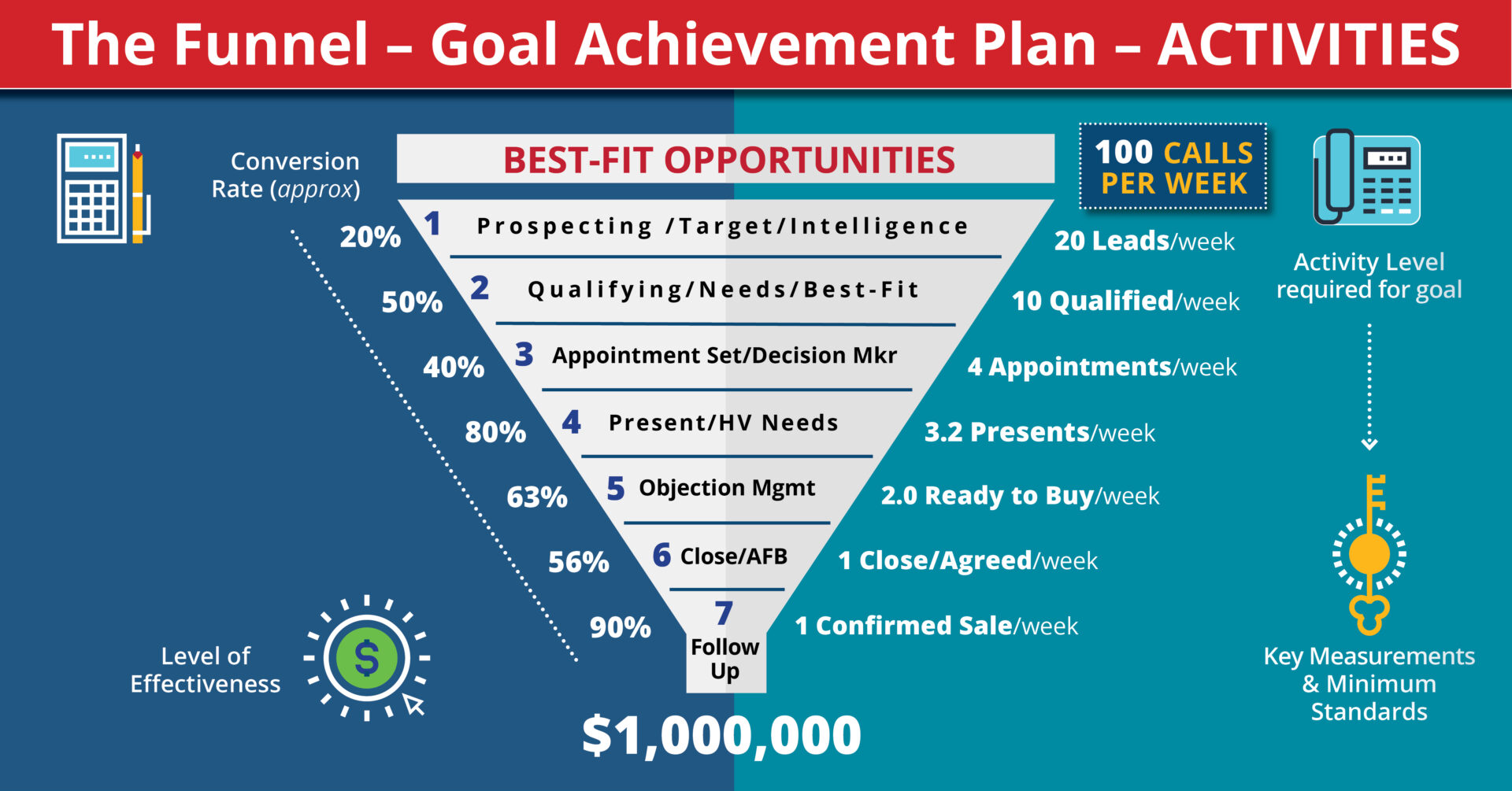
Knowing the weather forecast empowers you to make informed decisions and minimize unpleasant surprises before you venture out, right? The same can be said for sales forecasting. Unfortunately, too many businesses don’t understand sales forecasting well enough to use it to their advantage. The following information will help you implement and optimize sales forecasting in your organization:
Before we get ahead of ourselves, just what is sales forecasting? The Sales Forecasting Definition is:
The process of using available data, tools, and indicators to predict sales activity – particularly closed sales – in a given time period, usually monthly, quarterly, and annually.
Why Does Sales Forecasting Matter?
While some organizations might believe analyzing historical hard data on closed deals is “good enough,” sales forecasting to project and predict future conversions can be incredibly valuable to sales operations. In particular, by using forward-looking leading indicators, you can anticipate problems and take corrective action before those problems become insurmountable. You can also predict market shifts, territory gaps, or other opportunities and move to capitalize on these before your competitors do.
Beyond this, accurate sales forecasting can empower sales organizations to more effectively:
- Plan staffing, marketing, and sales activities
- Budget for sales and marketing expenditures
- Improve sales processes and sales compensation plans to enhance sales performance
- Upgrade infrastructure when appropriate
- Enhance customer service via better territory alignment and client management
Sales Forecasting Examples
For sales forecasting to be accurate and empowering, it is important to approach the practice using realistic and meaningful data and parameters. This is possible by designing and implementing a powerful and effective CRM system.
For your CRM to enable forecasting, it is critical to understand which metrics will give you a real-world snapshot of current and predictable performance. For example, using accurate CRM data, you’ll be able to better understand sales cycles and reporting periods that are relevant to your industry, your market, and your company.
How can you use sales forecasting to boost sales, revenue, margin, and market share (while also reducing costs, in many cases)? You guessed it…your CRM. With the right data and reporting capabilities, you will be able to optimize sales strategy and sales processes to help you:
- Gain a better understanding of your sales pipeline, including being able to recognize and correct sales process-caused bottlenecks
- Improve allocation of sales resources to areas of opportunity, including shifting territories or market offerings
- Modify your prospect lead scoring to shorten sales cycles and maximize ROI
Setting the right performance metrics is the first step in achieving your sales goals. Our funnel will help you define these key metrics, and put your team on the path to sales success.

Sales Forecasting Methods
There are many sales forecasting techniques that be used in tandem (via multivariable forecasting) to help you gain clarity for your current sales performance as well as areas for improvement. These methods include:
- Intuitive sales forecasting, which relies on sales rep experiences and expertise
- Historical sales forecasting, using lagging indicators of past performance results
- Sales cycle and lead-based “opportunity stage” forecasting
The methodologies and nuances of sales forecasting techniques like these can vary based on the size and complexity of an organization’s customer base, market dynamics, sales processes, pipeline depth, length of sales cycle, and many other factors. It is usually wise to seek the guidance of a sales forecasting expert, such as a Sales Consultant from Sales Xceleration, to optimize sales forecasting methods. But regardless of which method(s) you employ, they will only be as good as the quality and currency of your reporting data.
Sales Forecasting Formula
Is there a single sales forecasting formula you can use to understand and boost sales performance? Frankly, no, although there can be basic equations to help you gain insight into expected performance within each type of sales forecasting; for example, “length of sales cycle forecasting” could be expressed as:
| Expected sales revenue = average closing rate x (number of days since the lea d entered the sales funnel divided by average sales cycle length in days) |
But again, the complexities and nuances of sales forecasting can be vast. If you would like help designing and executing the kind of sales forecasting and process enhancements to maximize results, click here to connect with a Sales Xceleration Advisor in your area, or simply contact us at 844.874.7253.
Related posts:
No related posts.

